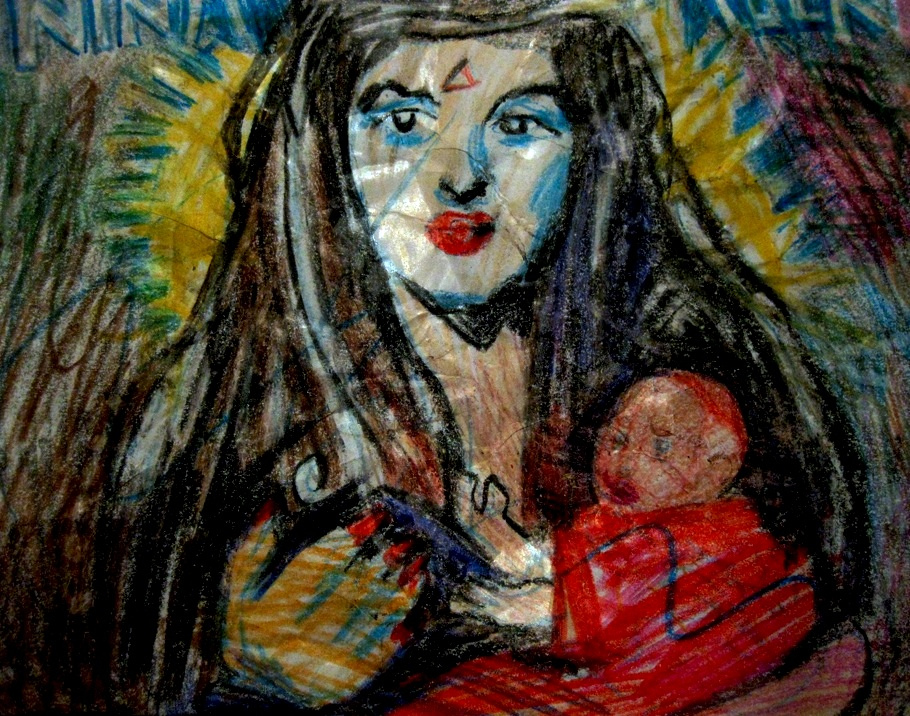
Oscar Wilde’s play Salome (1893) was inspired by the 1871 work of the same name by Gustave Moreau, currently on view in Melbourne’s NGVI. Wilde’s impassioned play went on to ignite the creative fire of generations of revered composers, among them Richard Strauss and Leonard Bernstein whose opera and music, both also named Salome, were created some 50 years apart.
No doubt Moreau, too, was inspired by a lover, a religious encounter, or the work of another artist long forgotten.
I was fortunate last night to hear the music writer, Alex Ross, speak during his tour with the Australian Chamber Orchestra (ACO). In a split program, Ross narrates a short journey through the tumultuous ‘classical’ music of the 20th century, providing the personal, political and social context in which pivotal works was created. Mixing spoken word with excerpts from recordings, it was a more than educative: no less than a mind-opening experience.
I’d only just started reading Ross’ acclaimed first book, The Rest is Noise, and stumbled upon the ACO series: a masterstroke of program innovation and another welcome surprise from this wonderful Australian institution.
So, if we think about it, the chain of events is so: from Moreau to Wilde to Strauss/Bernstein to Ross and to Tognetti and his ACO, to me tapping away here thinking about how I can better use music as inspiration for our campaigns and design work.
And that leads me to our staff and how we retrain them to think about ideas and inspiration at its philosophical beginning. I say retrain because the first thing I see design graduates do is search the web for work by other graphic designers, tampering with it, hoping for a good result. Most of the time, sure, it looks good but the chances of it having a deeper impact on the intended audience past a ‘wow, nice design’ reaction (and only then, if they haven’t seen a similar treatment on a festival poster somewhere), are very slim indeed.
That’s because all design needs have a damn good idea at its heart. The strategy, the words, the imagery, the activity all need to evoke that idea. Wilde didn’t see Moreau’s work as a smart arrangement of colour; his reaction was both visceral and intellectual. He was compelled.
“My Herod is like the Herod of Gustave Moreau, wrapped in his jewels and his sorrows,” he said. “My Salome is a mystic, the sister of Salammbo, a Saint Therese who worships the moon.”
If you want to change people’s mind or go further and change their behaviour, you need this kind of thinking. I thank all of our clients who give us the time (and therefore budget) to pursue work of lasting impact; to create memorable experiences.

